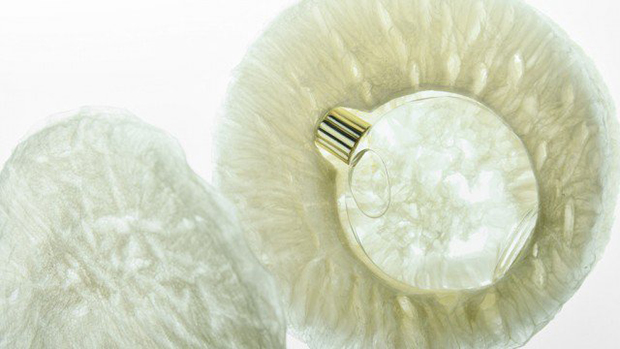
It is recently reported that bananas are replacing other fruit crops such as lime and mango and the most important food crops like maize and sweet potato in some parts of the southern areas of the country (Seifu 1999). Due to its relatively little requirement of land preparation, care, maintenance, and a comparatively high yield per given area and time, bananas are well suited to traditional agricultural systems. At present, bananas are the leading fruit crops produced in the country both in terms of area coverage (28,695 ha) and production (1,245,615.60 q year −1) (Central Statistics Authority 2004). Banana production in Ethiopia ranges from homestead to large commercial plantations. In mixed farming systems, bananas are used as a ground shade and nurse-crop for a range of shade-loving crops including cocoa, coffee, black pepper and nutmeg (Shamebo 1999).Įthiopia lies in the tropics where vast areas are suitable for banana growing. When grown in perennial production systems, they maintain soil cover throughout the year and if their biomass is used for mulch, soil fertility and organic matter remain stable.

They are particularly suited to intercropping systems and to mixed farming with livestock and they are also popular as a backyard crop with urban populations. Bananas and plantains can be a very cheap food to buy and are hence an important food for low-income families (Shamebo 1999).īananas and plantains will also grow in a range of environments and will produce fruit year-round, thus providing a source of energy during the “hungry-period” between crop harvests. Furthermore, with increasing urbanization, bananas and plantains are becoming more and more important as cash crops, in some cases providing the sole source of income to rural populations, thus playing an important role in poverty alleviation. Bananas and plantains are today grown in every humid tropical region and constitute the 4th largest food crop of the world after rice, wheat and maize (Shamebo 1999 Arias et al. Musa balbisiana Colla of southern Asia and the East Indies bears a seedy fruit but the plant is valued for its disease-resistance and therefore plays an important role as a “parent” in the breeding of edible bananas (Morton 1987). Most edible-fruited bananas, are seedless, belong to the species Musa acuminata Colla. They are consumed both as an energy yielding food and as a dessert (Dadzie and Orchard 1997). It can, thus, be concluded that packaging of banana fruits in high density and low density polyethylene bags resulted in longer shelf life and improved quality of the produce followed by packaging in dried banana leaf and teff straw.īanana, cooking banana and plantain ( Musa spp.) are major starch staple crops of considerable importance in the developing world.

Decay loss for unpackaged banana fruits was16 % at the end of date 15, whereas the decay loss of fruits packaged using high density and low density polyethylene bags were 43.0 % and 41.2 %, respectively at the end of the 36th day of the experiment. Packaging maintained the peel and the pulp thickness, firmness, dry matter and pulp to peel ratio was kept lower. Starting from green mature stage, the colour of the banana peel changed to yellow and this process was found to be fast for unpackaged fruits. Packaged fruits remained well until 36th days of storage with final weight loss of only 8.2 % and 9.20 %, respectively. Fruits that were not packaged lost their weight by 24.0 % whereas fruits packaged in banana leaf and teff straw became unmarketable with final weight loss of 19.8 % and 20.9 %, respectively. Unpackaged fruits remained marketable for 15 days only. Banana remained marketable for 36 days in the high density polyethylene and low density polyethylene bags, and for 18 days in banana leaf and teff straw packaging treatments. Physical parameters including weight loss, peel colour, peel thickness, pulp thickness, pulp to peel ratio, pulp firmness, pulp dry matter, decay, loss percent of marketability were assessed every 3 days.

The experiment was carried out in Randomized Complete Block Design in a factorial combination with three replications. Four packaging materials, namely, perforated low density polyethylene bag, perforated high density polyethylene bag, dried banana leaf, teff straw and no packaging materials (control) were used with three banana cultivars, locally known as, Poyo, Giant Cavendish and Williams I.

This study was carried out to evaluate the effect of packaging materials on the shelf life of three banana cultivars.


 0 kommentar(er)
0 kommentar(er)
